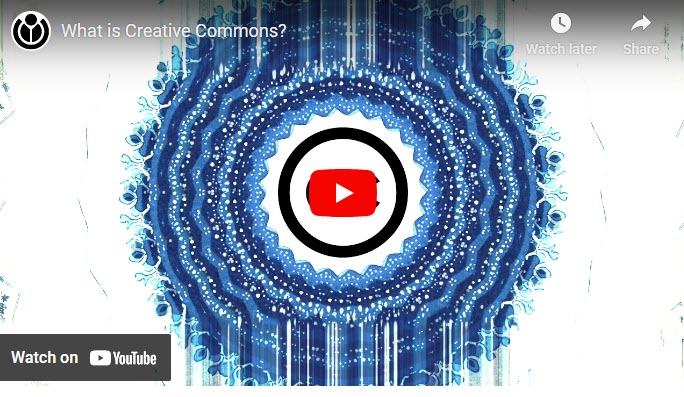By the end of this module, you should be able to:
Define an open license
Distinguish between materials that are all rights reserved, in the public domain, and openly licensed
Identify the four factors of fair use
Did you realize these course modules and the accompanying textbook are OERs? Do you want to reuse the content, modify it for your students or colleagues? Guess what … you can, with attribution of course!
You’ll learn more about reusing open content and explicit open license permissions, such as attribution, in Module 7. However, understanding what makes it possible for you to reuse, modify, and re-share this work is the first step. These activities are legal because when it was created the author released it with an open license. When discussing open licensing it is also necessary to review definitions of important terms and legal requirements of laws and principles applied to a creator’s work and how it can be used or reused. In addition to introducing and defining open licenses, this module will review and define copyright, fair use, and public domain.
Head to Chapter 3, Introduction to Open Licensing, and watch the brief introductory video (1:23), and then continue working through the activities in Chapter 3. When you've finished, return here to complete an activity for course credit.

Module 3 Final Activity:
Using the
Attribution Builder, generate an attribution statement for the following linked image:
Think by Christian Weidinger
Submit your attribution statement on your saved Google Forms OER 101 Quiz before moving on to before moving on to Module 4! Remember: You should have an email from Google Forms that confirms your submission of the form after Module 2. Use the Edit response link near the top of that email to get back to your partially completed form and add to it.